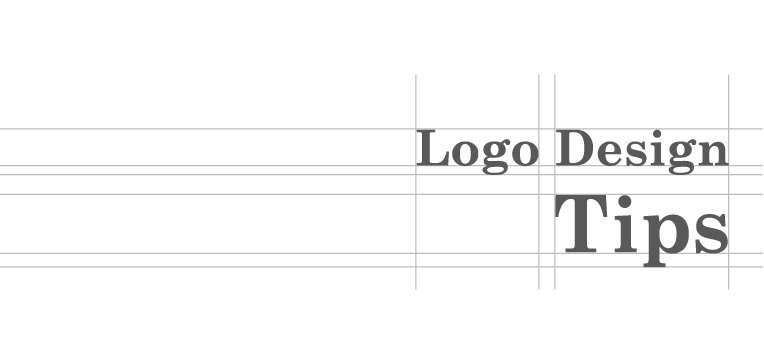It’s pretty safe to say most people have at least some knowledge or awareness of logos. We see hundreds of them every day, and they affect our decisions without us even realizing it. They cause us to buy things, go places and even feel certain emotions. For something that seems so simple, logo design is a seriously powerful thing, and one of the most important tasks that can be given to a graphic designer. (No pressure, though!)
In my experience, these are some of the most basic, yet crucial things that can be done to ensure the logo is successful:
Know the Brand:
Understanding the brand is extremely important when designing a logo. Since the purpose is to convey a specific message, it’s imperative that designers talk to their clients and understand what they want that message to be right from the start. A big mistake I’ve made in the past was assuming a logo should look a certain way based on my own experiences in that industry before actually finding out the details of that particular brand. No two companies are exactly alike, so the more time you spend finding out what sets your client apart from their competitors, the better.
Plus, we all know what would have happened if our favorite brands had gotten their logos wrong.
Use the Right Tools:
When you go to a restaurant and order soup as the first course, it’s unlikely your waiter is going to hand you just a spoon. Because eventually you’ll probably need a fork too, right?
Most likely the company that hired you to design their logo has plans to grow and expand, and it’s up to you to prepare them for the future the best you can by equipping them with the appropriate tools. If you create a logo that can’t be resized or edited, or can only be placed on a white background, you are severely limiting the versatility of the branding.
While a simple logo may be all they technically need for now, somewhere down the road, when the company decides they need a white version of their logo large enough to go on the back of a red t-shirt, you or another designer are going to spend a lot of time recreating this logo in Illustrator or another vector-based program.
(Also, if there is a book called “How to Make Other Designers Hate You,” “Not Creating Vector Logos” is almost certainly chapter 1.)
Make it Flexible:
These days, having only one version of your logo just doesn’t cut it. Most marketing strategies include social media and mobile integration, so it’s a good idea to keep those proportions and size restrictions in mind during the design process. If you design a text based, vertical logo but don’t plan an alternative version for Facebook and Twitter, odds are pretty good you will have legibility issues when the design is shrunk down to fit in the small square currently used for most social media avatars. It’s also a good idea to consider an icon or other simplified version for mobile devices, favicons and applications.
Creating a versatile design right off the bat will also help prepare you and the brand for the next time the specifications change, which knowing today’s fast moving trends, will probably be in a couple weeks…and your logo will need to fit inside an isosceles triangle. Sorry.
Take a Step Back:
The choices made when designing a logo will always determine how the final product is received. Since the logo is the face of the brand, you’ll want to be sure it’s sending the right message. This is where color theory and being aware of design trends can be really helpful.
Once when I was an ad designer for a local magazine, I received a logo for a dentist’s office and was pretty startled when I opened the file and saw a rounded, drippy looking typeface and blood-red color being used for the company name. Call me crazy, but “Jack the Ripper chic” isn’t my idea of a good look for a dentist’s office. Always get a second opinion on your designs to make sure you aren’t missing anything.
While these are all situations that I’ve personally encountered during my time as a designer, I’m guessing some of them are similar to what other people have been or will go through, so I hope my experiences can help someone else avoid these mistakes and create some awesome logos.
